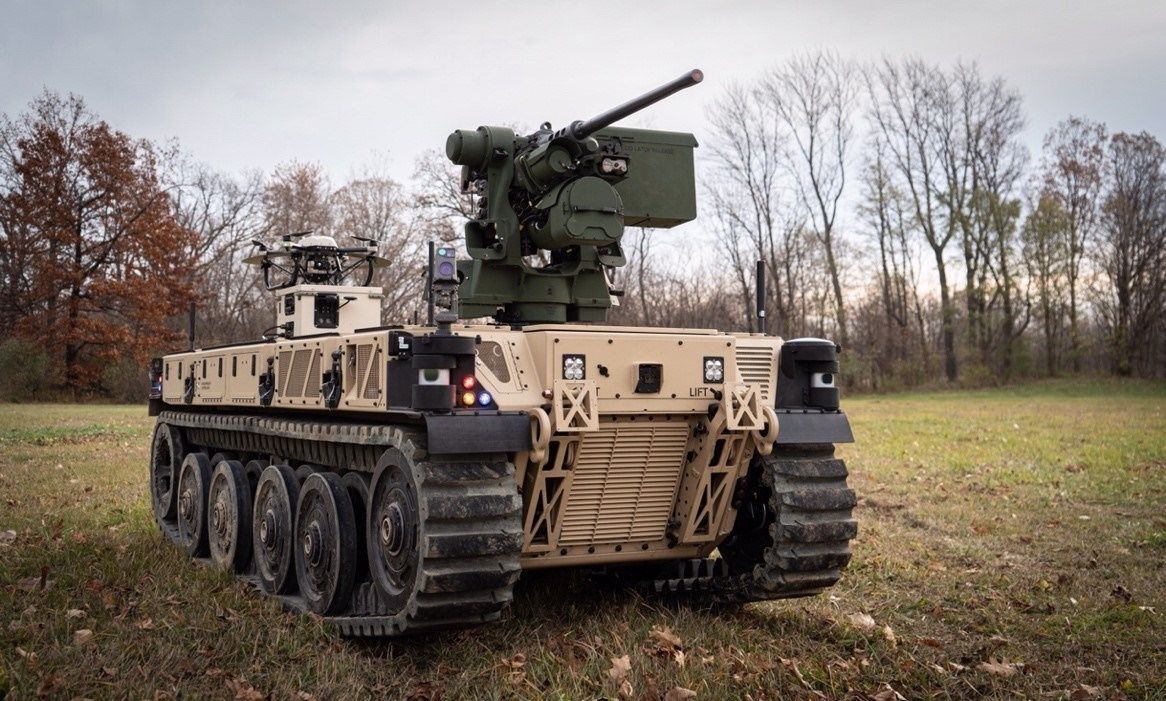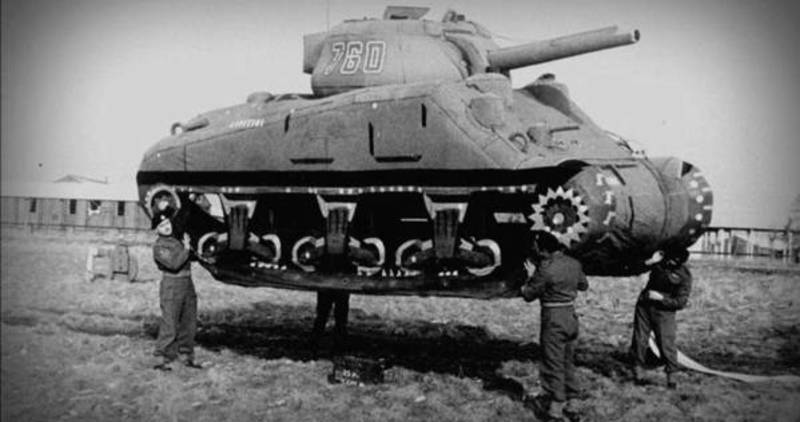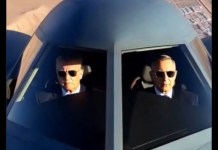The US military plans to build and deploy what it calls “Ghost Army” war machines to launch surprise attacks on the enemy.
These first-generation, semi-autonomous unmanned ground combat vehicles will be developed within the US Army’s Armored Brigade Combat Teams (ABCT). The robotic vehicles will be similar to the “Ghost Army” of World War II, the director of the combat vehicle program said.
Message To The US? China’s J-20 Stealth Fighter Jet Makes Debut In Joint Military Drills With Russia
There will be three types of robotic combat vehicles. The service aims to create armed robots that would provide extra firepower and tools. The robot vehicles will be equipped to fight dangerous missions that would otherwise put human lives at risk.
The Army calls them Robotic Combat Vehicles (RCVs), planning to field three versions: an RCV Light (RCV-L), RCV Medium (RCV-M) and RCV Heavy (RCV-H). These unscrewed vehicles will be tasked with scouting the battlefield, skirmishing against humans or other robotic scouts; and fighting full-scale battles against heavily armored enemies, according to Popular Mechanics.
“When you’re in the darkness and you hear these vehicles moving and you don’t really know where they are, there’s a level of fear that rises up,” Maj. Gen. Ross Coffman, director of the Next-Generation Combat Vehicle Cross-Functional Team for the US Army Futures Command, told Forbes.
“When you couple that with these multi-ton, payload-agnostic war machines that are silent and magically appear, these systems are the equivalent of the Ghosts of Patton’s Army.”
While the RCV-M (Robotic Combat Vehicle-Medium) and RCV-H (Robotic Combat Vehicle-Heavy) would be the bigger and heavier vehicles, the Robotic Combat Vehicle-Light (RCV-L) will be used among infantry and engineers for the purpose of carrying supplies and heavy weapons.

As small-scale tests continue to take place right now, the new RCV systems will execute a full-scale “Manned-Unmanned Teaming” (MUM-T) Soldier Operational Experiment, in Fort Hood, Texas by the latter part of this year.
Based on the feedback received from soldiers handling the systems and the technical results, the army may proceed with a “program-of-record” for the RCV-L in 2023.
The ‘Ghost Army’
Major General Ross Coffman’s comparison of this robotic machinery system to ‘Patton’s Army’ seems symbolic. The ‘Ghost Army’ or ‘Patton’s army’ is a reference to a top-secret US Army battalion that fought during WW II.
The 23rd Headquarters Special Troops included a band of artists, career military officers, and audio experts whose job was to deceive German soldiers on the battlefield. This deception was famously carried out by inflatable life-size tanks, fake radio transmissions and soundscapes.
They put on a “traveling roadshow” utilizing inflatable tanks, sound trucks, fake radio transmissions, scripts, and pretense. They staged more than 20 battlefield deceptions, often operating very close to the front lines, according to Friends of the National WW II Memorial.

“The Light Robotic Combat Vehicles which will most likely join US Army formations first will have a similar ‘eyes and ears’ role and, with a variety of modular payloads, the ability to strike,” according to Forbes. Coffman perceives them to be the initial elements to make contact with the enemy, an interesting innovation to traditional army tactics.
The Army tested an RCV-L demonstrator at Michigan’s Camp Grayling military training facility a few months back. This was equipped with a Common Remotely Operated Weapons Station-Javelin (CROWS-J) and a remote-controlled anti-tank missile launcher, which could target and destroy a tank from 1.5 miles away. It was also equipped with a quadcopter for aerial reconnaissance missions.
“We always want to make the first contact with the smallest [enemy] element,” explained Coffman, in the report from Forbes. “That’s doctrine. Why would we ever have that be a human again? Why isn’t that contact made with an unmanned aerial vehicle or an unmanned ground vehicle?”
While these new machines already seem impenetrable, ruthless, and cunning, their controllers (or pilots) will be nearby, since the effective range of remote control from within a Bradley Infantry Fighting Vehicle is likely just more than a mile (less than 2 km).
The human soldiers are going to be placed about 2 kilometers behind these robotic machines. According to Coffman, this would buy soldiers time. He said if the battlefield is “extended up to two kilometers with a robot, then that means that you can make decisions before your enemy comes.”
Watch: An American ‘Ghost’ Boat That Can Perform Special Ops & Gather Intelligence
“If you’re in a security position, these robots can stay put,” Coffman says. “Normally you’d pull humans – your eyes forward – back so they don’t become trapped behind enemy lines.
Now you can pair these robots with unmanned aerial vehicles and they’ll continue to report, continue to engage and make the enemy deploy faster. We can then [unleash] mass-effects on their main effort.”
It can be said with very little doubt that China and Russia are in the process of developing such robotic machinery as well, according to Interesting Engineering. Are they going to be as underground in their work as the ghost army? We’ll have to see.
— Written by Anshruta Banerjee




